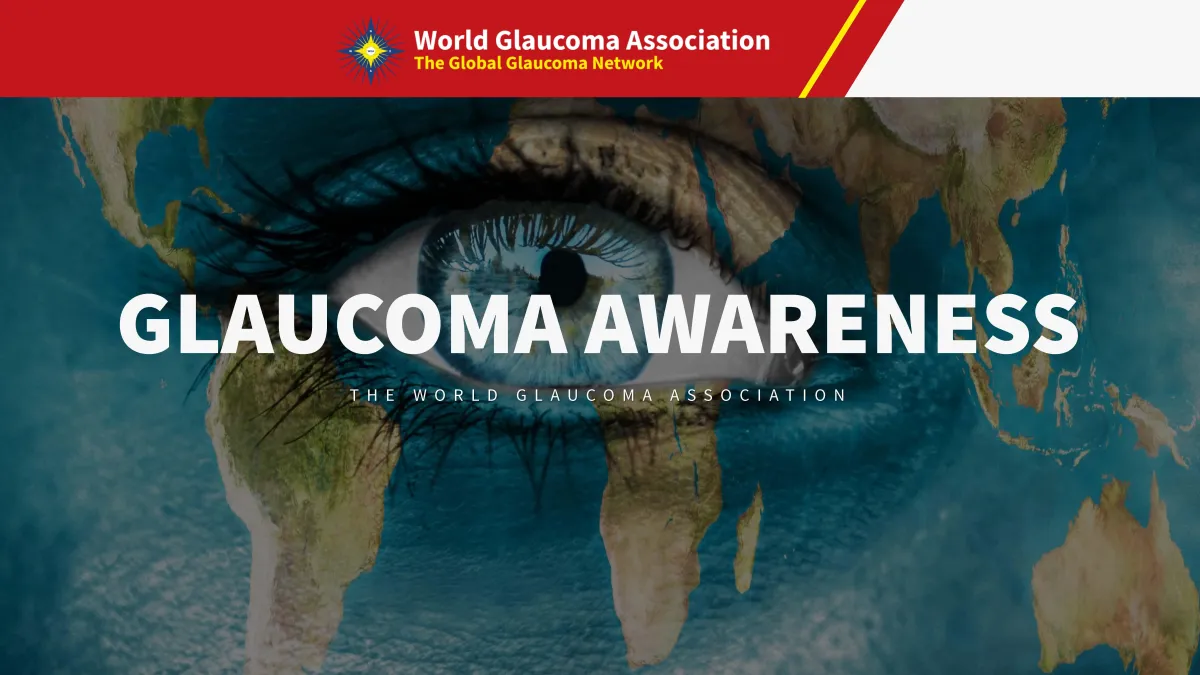Andrew Morgan's Blog
Welcome to Andrew Morgan's blog, your go-to source for all things in Optics from the latest spectacle fashion, vision correction and eye health. Dive into our latest post where we shine a light on the world of Optics
Keep your vision in focus with us!
Andrew Morgans Blog

Glaucoma Awareness Week
World Glaucoma Awareness Week
10th to 16th March
Glaucoma is the no: 1 cause of preventable blindness in the world today.
It is estimated that there are over 76 million people worldwide with glaucoma and approximately 10% of these - 7.7 million people have moderate or severe visual impairment.
By 2030 over 95 million people could have glaucoma.
So what is glaucoma?
Normally fluid inside the front portion of the eye is being constantly changed at a steady rate.
With glaucoma to much fluid is retained causing pressure on the optic nerve at the back of the eye leading to progressive damage to the nerve fibres causing loss of vision.
The way the nerve fibres are arranged means peripheral vision is lost first and as glaucoma often progresses slowly it can be difficult to notice a change in your vision.
Treatments are designed to reduce the pressure in the eye to a safe level for the person with glaucoma
As glaucoma develops it can effect
Driving, walking, and reading
Seeing at night, adjusting to different levels of illumination, judging distancesSeeing peripheral objects, and moving objects coming from the side
Motor vehicle accidents and injuries related to falls are potentially serious consequences of having glaucoma.
There is also an increase in mental health issues with people with glaucoma.
Most people are not aware that they have problems with their vision and do not notice any vision loss.
Glaucoma has no symptoms in its early stages.
Glaucoma is a chronic disease it can be treated but unfortunately cannot be cured or reversed so Ealy diagnosis is essential to prevent irreversible loss of vision.
Who is at risk?
Glaucoma affects 1 in 200 people at 40 years of age, this rises to 1 in 8 at 80.
Females are more at risk than males and people with Asian or Afro Caribbean ancestry are more commonly affected.
If you have a close relative (mother, father, brother or sister) with glaucoma you may have an 8x risk of developing glaucoma.
If you are taking corticosteroids. Corticosteroids are good and effective treatments for many medical conditions, but in some people can lead to the development of glaucoma. Only use corticosteroids prescribed by your doctor and have an eye examination.
Glaucoma can be detected by having an eye examination.
The pressure inside the eye is measured with an instrument called a tonometer. The “Gold Standard” is a Goldman tonometer where drops have to be put in your eye first. The “Air-puff” tonometer is often used for screening for glaucoma.
We prefer the I-care tonometer which correlates very well to the Goldman but doesn’t need drops and doesn’t make you jump like the Air Puff.
The peripheral vision may be checked with a visual field test.
The Optic disc will be examined to look for any tell-tale changes associated with glaucoma.
In addition we use an OCT (Ocular Coherence Tomography) machine to image the Optic nerve and measure changes in the nerve fibres in the retina. The aim is to detect changes before they can affect your vision.
Glaucoma can be controlled with the use of daily eye drops, laser or eye surgery.
An Eye Examination is recommended every 2 years, but if you are in a high risk group every year may be appropriate.
